
1889 - 1924
Lyubov Popova
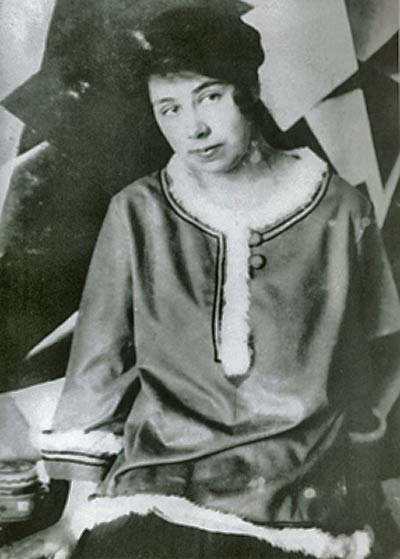
description
A Russian artist, graphic artist, designer, stage designer, a major avant-garde master, whose short creative career evolved in the revolutionary era. Lyubov Popova participated in the practical embodiment of the three most important styles – cubism, suprematism and constructivism, wrote programs for students. In 2009, the Tate Gallery in London reconstructed the exhibition “5 x 5 = 25” (Moscow, 1921), organized by the artist along with like-minded people, as the most important for understanding the development of the Russian avant-garde. In 2012, one of the craters of Mercury was named in honor of Popova.
Key ideas:
– Having gone through several stages in her work in a short time, Lyubov Popova paved the way from Cezannism characteristic of so many Russian artists of the early 20th century to Cubism, Suprematism and Constructivism. The world in the perception of the artist, as art critics say, was like a huge still life, creating which she gave special attention to the “sounding colours” and expressive lines.
– In the paintings created in the first half of the 1910s, we can see how he followed the traditions of Fauvism (in the Russian variant, it is called “Cezannism”) and Analytical Cubism. Endowed with a natural artistic flair, Lyubov Popova treated selected image objects with courage – she divided them into segments, unfolded them from different angles, and connected them to the background space. There are many figures on the canvases; they are intricately intertwined, but the violin and the image of the pianist are easy to distinguish. Later Lyubov Sergeyevna departed from this manner and briefly preferred Synthetic Cubism, more dynamic Cubofuturism, and then absolutely pointless Suprematism. In this style, the artist created the cycle “Picturesque architectonics”, which differs from the works of Malewicz, the ideologist of Suprematism, in a large variety of colourful rhythms.
– A recognizable feature of the Russian avant-garde artist was her addiction to the Italian Renaissance and the Slavic icon. Cubist and cubo-futuristic techniques did not prevent her from introducing her favorite motifs inspired by Giotto and national iconography into her canvases and graphics. Moreover, the artist’s non-figurative works, “spatial-force constructions” and “pictorial constructions”, also reflected the classical style. Centuries-old traditions did not disappear from the works of Popova even at a time when, leaving the easel painting, she was engaged in scenography and the production of fabrics.
– The artist’s passion for Constructivism made her leave painting and deny easel art. She turned her considerable energy into production activities, worked at a Moscow print factory. But she believed that colour and the interaction of colour planes are an independent formative tool even in this last period of her creative career.
1889
1906
1910
1912 - 1913
1914
1915 - 1918
1918
1919
1920 - 1921
1922 - 1923
1924
The birth of the artist
She attended the school of painting and drawing of K. Yuon

She visited Italy

Became student of Cubists Fauconnier and Metzinger
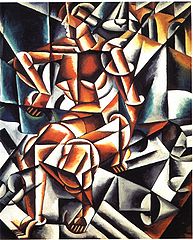
Popova visited the studio of Tatlin
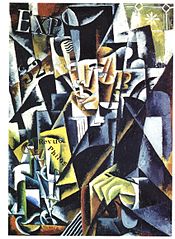
Became a participant in both futuristic group exhibitions: "Tram B" and "0.10"
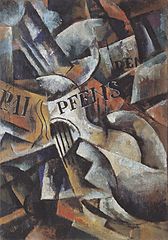
Married Boris von Eding
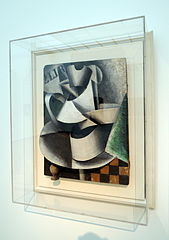
Started to collaborate with the Verbovka enterprise
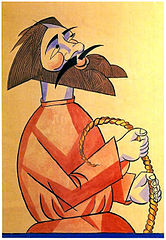
She worked at the department of monumental art of the Institute of Artistic Culture
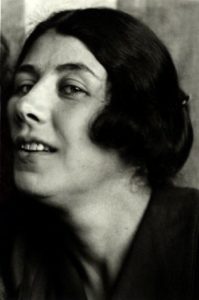
Created constructivism-style scenography

The death
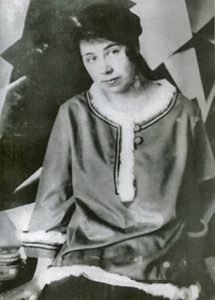
Lyubov Popova
On Artist
flow
Cubism
Fauvism
Futurism
Suprematism
Constructivism
friends
Vera Ignatievna Mukhina
Alexander Vesnin
Nadezhda Udaltsova
artists
Stanislav Yulianovich Zhukovsky
Konstantin Fedorovich Yuon
Vladimir Tatlin
Giotto di Bondone
Mikhail Vrubel
Henri Le Focognier
Jean Metzinger
Kazimir Malevich
Vasily Kandinsky
By Artist
flow
Futurism
Suprematism
friends
Alexandra Exter
Vera Pestel
Alexander Mikhailovich Rodchenko
artists
Mark Rothko
